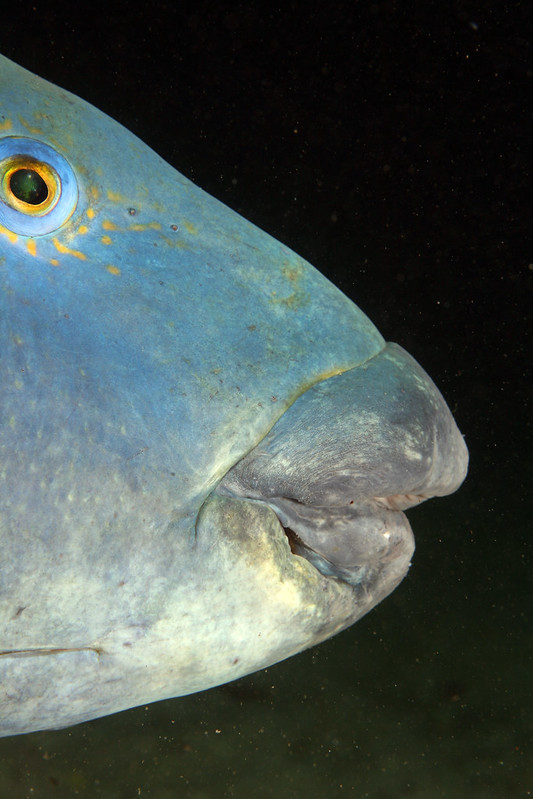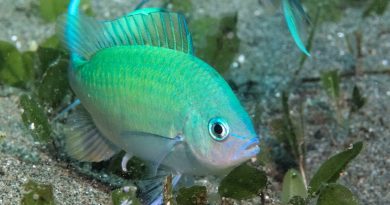BBW versus Big Old Fat Fecund Female Fish (BOFFFF)
There is really only one person who could bring such dissipate fields as fetish porn and fish biology together: myself.
Porn these days has its own lingo. Whatever pulls your boat, you can find it on the vast extends of the internets, if you know the right term or acronym. In porn lingo a BBW is a Big Beautiful Woman. A really fat chick. I am not into this type of woman, but I am not judging: If such women get you excited, good for you, and good for the BBWs. No, I won’t be including any pictures of BBWs in this blog post. You can easily find them yourself online, have fun. Just make sure you come back to this blog post once you are done ogling the BBWs.
In fish biology, a term which is conceptually somewhat similar to BBW is Big Old Fat Fecund Female Fish (BOFFFF). While many aspects of human sexuality including BBW porn have transcended reproductive function, the BOFFFFs are very important for fish reproduction.
Fishes (I am talking about bony fishes here, there will be a future blog post about shark reproduction soon) are different from humans and other mammals in a few key features.

Fish don’t generally grow to a certain size, then mature (undergo puberty), then stop growing and start potentially reproducing, as mammals do. Instead, in fishes growth and reproduction overlap in their live histories. So, a 30 cm fish might already produce eggs or sperm, but the fish will still grow. When she (we are talking about female fish from now on) reaches 40 cm, the fish will produce more eggs. Still, at 60 cm, some time later, she will produce much eggs than when she was only 30 cm long. A fish twice the size produces much more than twice the eggs than a smaller fish (this holds also when looking at fish weight). Egg production scales more than linearly with fish size.
Not only do the Big Old Fat Fecund Female Fish produce more eggs, the eggs are also often bigger, and will give rise to larvae which are more resilient and are more likely to mature into new adult fish. So, having a population in a bay, of let’s say 1000 kgs of fish, where they are all young and barely mature, or 1000 kgs of fish, where there are many Big Old Fat Fecund Female Fish is not the same. Anyone planning fisheries should take that into account. Fish are sophisticated, complex animals, with finely tuned life histories: their progression from larva to BOFFFF is well tuned to their specific environments. If humans remove the BOFFFFs, that will have negative consequences.
I had previously written about spearfishing on scuba, which is either terribly unsafe, or at least ecologically unsound, depending if you are poor or not:
A problem which I touched on, but didn’t go into in great detail is that spearfishers usually go for the biggest fish they can get – and hence often eliminate the BOFFFF. In this way, they eliminate an unusually large fraction of the reproductive potential of a fish population. Not good.
I wish the BBWs all the fun they can have.
I wish the BOFFFFs long lives, no spearfishermen anywhere near them, and networks of marine protected areas plus other well thought out conservation measures to keep them alive so that they produce as many new fish as possible.
An ocean without BOFFFFs would be like YouPorn without BBWs.

